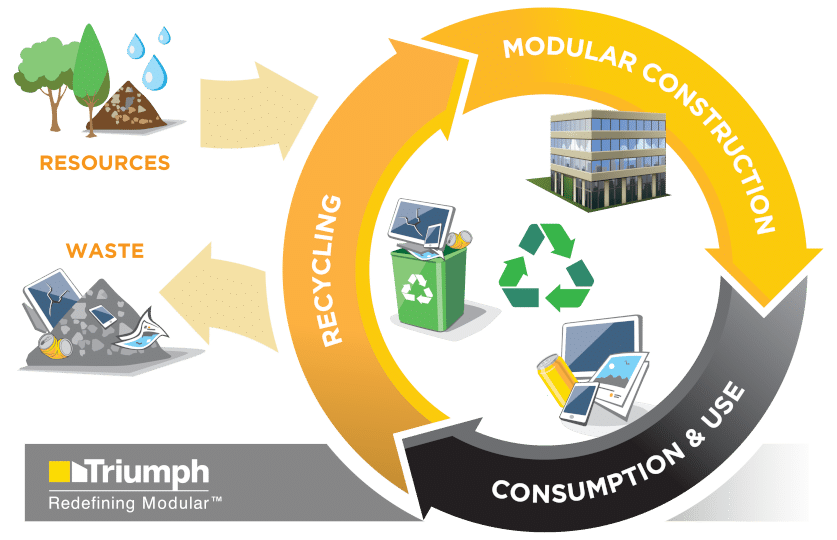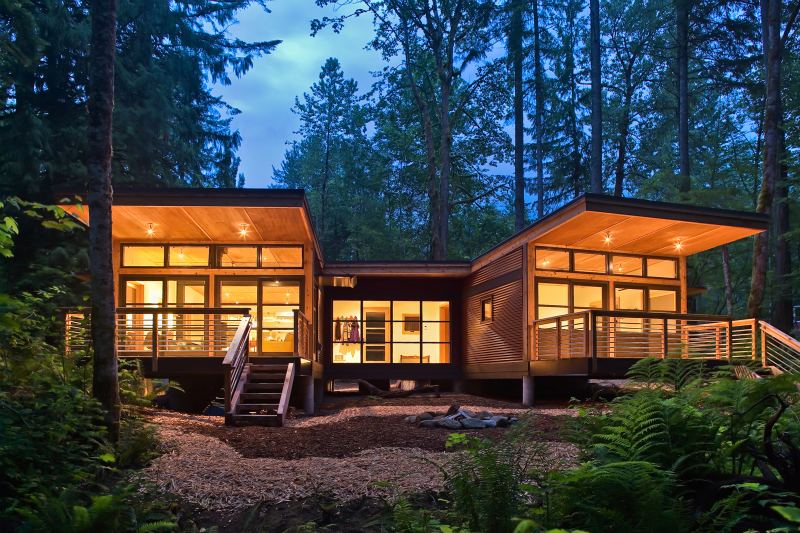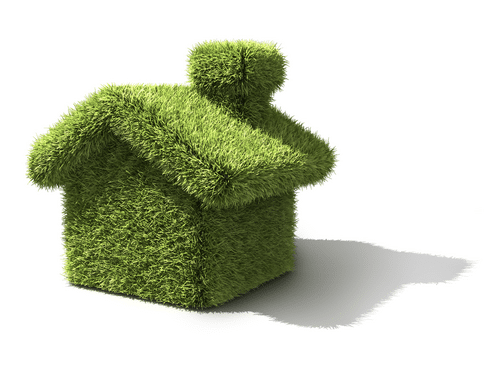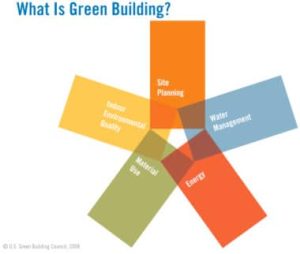
Green Building Elements
When it comes to “green buildings” most people likely picture environmentally friendly buildings. But what does that really mean?
According to the EPA, a green building is:
The practice of increasing the efficiency with which buildings and their sites use and harvest energy, water, and materials; and protecting and restoring human health and the environment, throughout the building life-cycle: siting, design, construction, operation, maintenance, renovation, and deconstruction. Green building elements are not stand-alone options but instead a holistic approach to building.
While that may sound general, there are in fact specific standards that make a green building green, such as:
Energy Efficiency
Energy efficiency is pretty straightforward: Use less energy to provide the same service. In green buildings, this can include the use of building elements like renewable energy systems, green roofs, airtight buildings, natural light usage, high-efficiency lighting, and more. Energy efficiency standards vary from state to state but the overall goal is to reduce the building’s carbon footprint and rely less on outside elements.
Water Efficiency
The average American family uses 400 gallons of water per day. That’s a lot of water and one that green buildings look to reduce. Methods to improve water efficiency include landscape irrigation, high-efficiency appliances, rainwater capture, and reuse, water-saving showerheads, greywater systems, and more.
Green Materials
Construction activities worldwide consume 3 billion tons of raw materials each year. By using recycled content, renewable sources, products manufactured with resource-efficient processes, locally available materials, and longer-lasting materials, we can reduce that number. A green building not only has to focus on the materials themselves, but also consider how the materials are made and transported.
Air Quality
Indoor air quality is a big element in green buildings and one of the easiest to include in construction projects. Air quality can be improved through high-efficiency HVAC systems and the use of non-toxic and moisture-resistant materials like low-VOC carpet and paint.
Smart Growth & Sustainable Development
Smart growth and sustainable development are often a focus in urban development. According to the MRSC, smart growth is “development that is environmentally sensitive, economically viable, community-oriented, and sustainable.” Smart growth can come in many forms, from natural resource preservation to low-impact development, to waste management.
When it comes to building “green”, it’s a pretty wide-ranging process and many factors to consider. However, it is worth noting that a building can in fact be “green” by including some of these elements and not all of them. To be a LEED-certified building, there are more rigorous standards that are required. See the list here.
Here at Triumph Modular, we are proud to have many buildings with green features in our fleet. A most recent addition, SproutSpace the green, flexible and efficient modular classroom, is currently being featured in the National Building Museum’s Green Schools Exhibit, and we look forward to being at the forefront of many more advances in the green building industry.
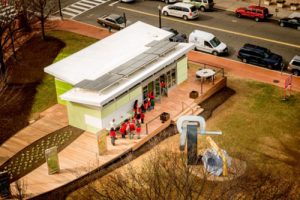
Sprout Space- Sustainable modular classroom pictured at the National Building Museum in DC. Image by Sam Kitner of Kitner Photography


